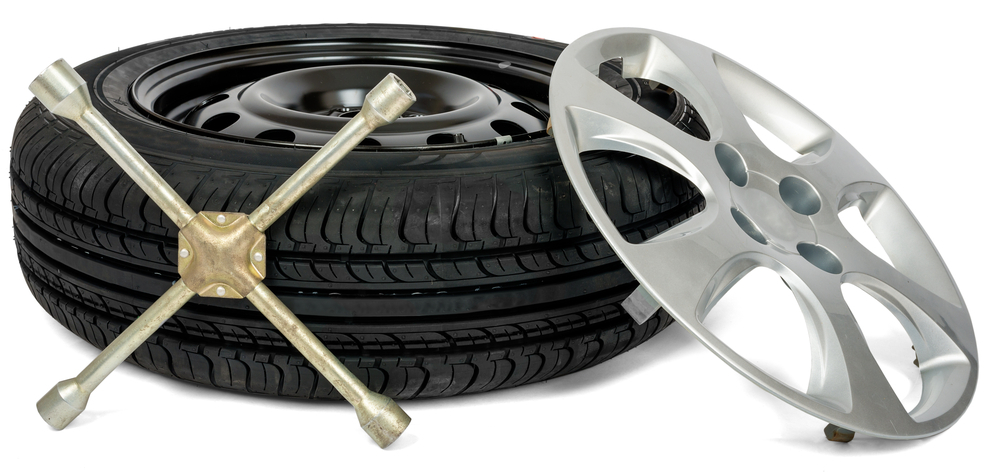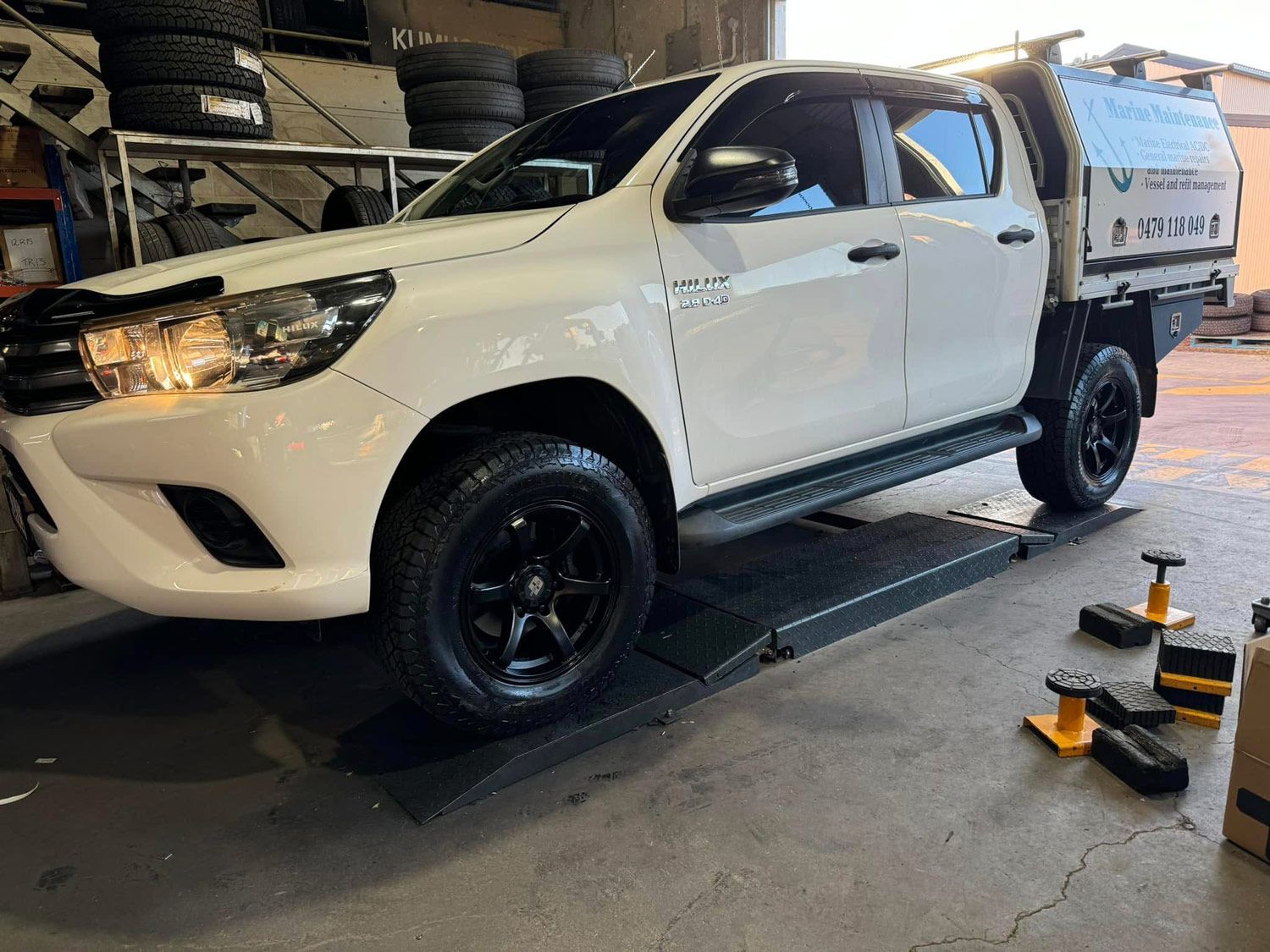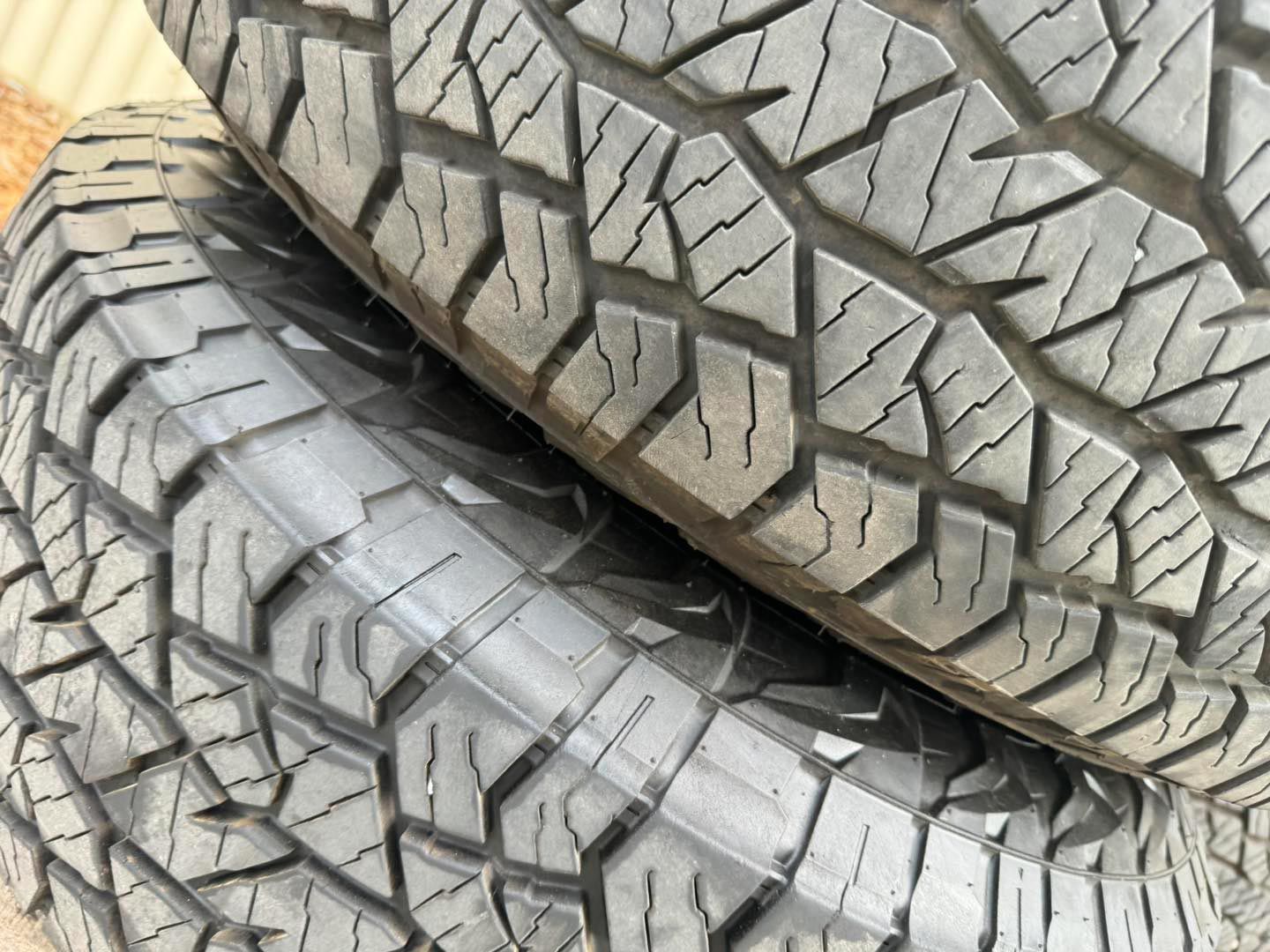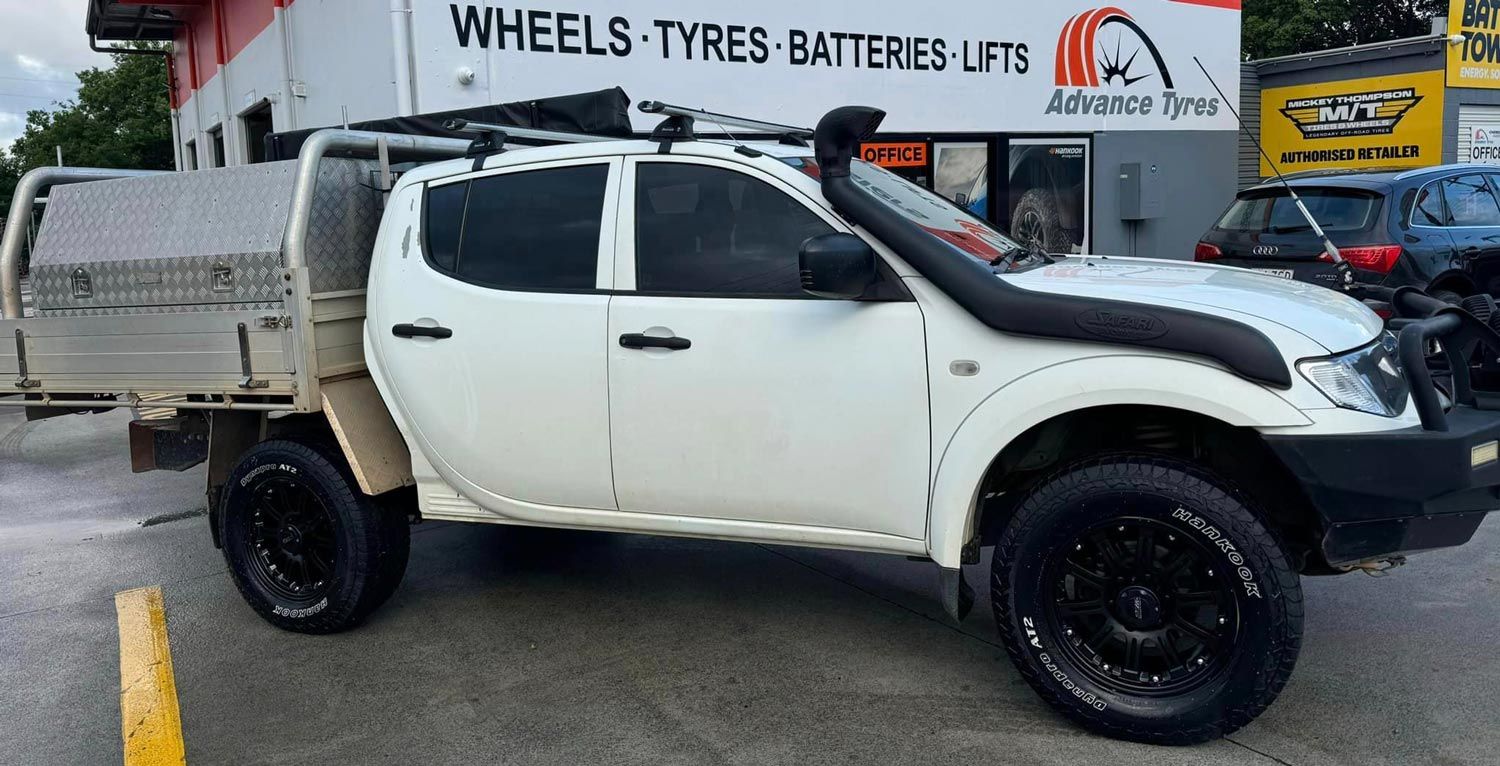How To Identify A Worn-Out Tyre
May 16, 2024
Tyres are a crucial part of any vehicle, yet they often don't get the attention they deserve. Keeping your tyres in good condition is essential for safety, fuel efficiency and overall vehicle performance. But how can you tell when your tyres are past their prime? In this guide, we'll explore the key tyre wear signs, helping you understand when it's time to take action.

Visible Tread Wear Indicators
One of the easiest ways to identify a worn-out tyre is by checking the tread wear indicators. These built-in features show when your tyre tread is no longer safe.
- Tread Wear Bars: Found at the bottom of the grooves, these bars become visible when the tread depth reaches around 1.6mm, the legal minimum in many regions.
- Reduced Traction: As the tread wears down, it loses its grip on the road, especially in wet conditions, increasing the risk of hydroplaning.
- Uneven Tread Depth: Use a tread depth gauge to check multiple points across the tyre. Uneven wear can signal issues like misalignment or improper inflation.
Uneven Tyre Wear Patterns
Uneven tyre wear patterns often indicate problems with your vehicle's alignment, suspension or driving habits. Identifying these patterns early can help diagnose and address these issues before they become more severe:
- Centre Wear: Caused by over-inflation, where the tyre's middle wears faster than the edges.
- Edge Wear: Results from under-inflation, causing the tyre's shoulders to wear more than the centre.
- Cupping or Scalloping: Irregular, patchy wear due to suspension problems or imbalanced wheels.
- Feathering: Smooth edges on one side of the tread blocks and sharp edges on the other, usually due to incorrect alignment.
Ageing and Cracking Signs
Even if your tyres haven't worn down completely, age can render them unsafe. Over time, rubber deteriorates, leading to cracks and other signs of ageing that compromise tyre integrity.
- Sidewall Cracks: Fine lines on the sidewall indicate the rubber is breaking down, increasing blowout risk.
- Bulges and Blisters: These suggest the tyre's inner structure is compromised, potentially leading to sudden failure..
- Rubber Hardness: As tyres age, the rubber hardens and becomes less flexible, reducing traction and increasing crack likelihood.
- Manufacturing Date: Check the sidewall for the DOT code. Tyres older than six years should be thoroughly inspected, even with sufficient tread.
Schedule a Tyre Check Today
Worn-out tyre identification involves more than just a quick glance. It requires a keen eye and an understanding of the various indicators and patterns that signal potential issues. At Advance Tyres, we understand the importance of keeping your tyres in top condition. Our team is here to help you with comprehensive wheel alignments and tyre fitting. Ensuring your tyres are safe and reliable can make all the difference on your next journey. Contact us today for tyre inspection tips.








